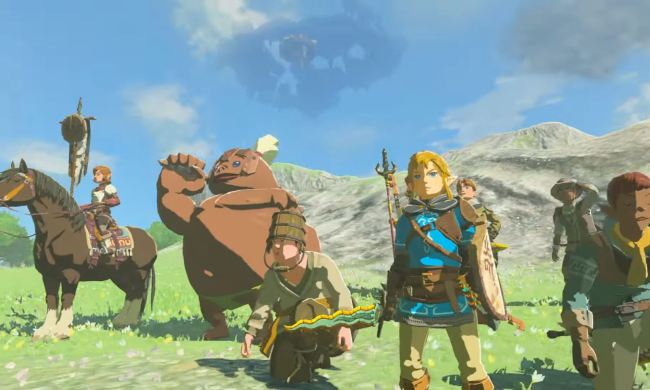Nintendo shared another new trailer for Metroid Dread on Twitter this morning. The trailer, framed around a cutscene that shows Samus battling with a powerful enemy, also offers a look at new gameplay footage and movement abilities for the bounty hunter. A classic foe, the villainous Kraid, appears in the trailer as well.
What lurks in the shadows may be Samus Aran’s greatest threat yet. #MetroidDread arrives on 10/8. pic.twitter.com/1VPOyrueI4
— Nintendo of America (@NintendoAmerica) August 27, 2021
According to the blog post, the trailer shows Samus landing on the planet ZDR and facing off against a Chozo, a member of a “highly intelligent and technologically advanced species. Though the society is normally predisposed to peacefulness, this Chozo attacks Samus, making her fight for her life during the cutscene.
While that antagonist is new, Samus’ old rival Kraid appears as well. The massive lizard is shown chained up. Samus stares him down before running up his belly to attack.

New in-game footage also appears in the trailer and shows Samus racing through levels and taking out enemies. Movement appears to be a strong focus in Dread, with several of Samus’ abilities causing her to crash through breakable walls or dash past enemies. An accompanying blog post states that her Flash Shift ability allows her to travel a short distance forward or backward instantly up to three times in a row, while her Pulse Radar reveals the location of nearby breakable blocks. When fighting enemies, Samus can rely on a variety of bombs and missiles, including Ice Missile, Storm Missile, and Cross Bomb.
According to Nintendo, there’s so much new content in the trailer that it recommends watching it a few times in order to see everything. It also emphasizes Samus’ new movement abilities, saying that “the abilities for traversal are much improved when compared to previous Metroid games” and revealing that certain moves can be combined to reach new areas.
Metroid Dread releases October 8 for Nintendo Switch.



